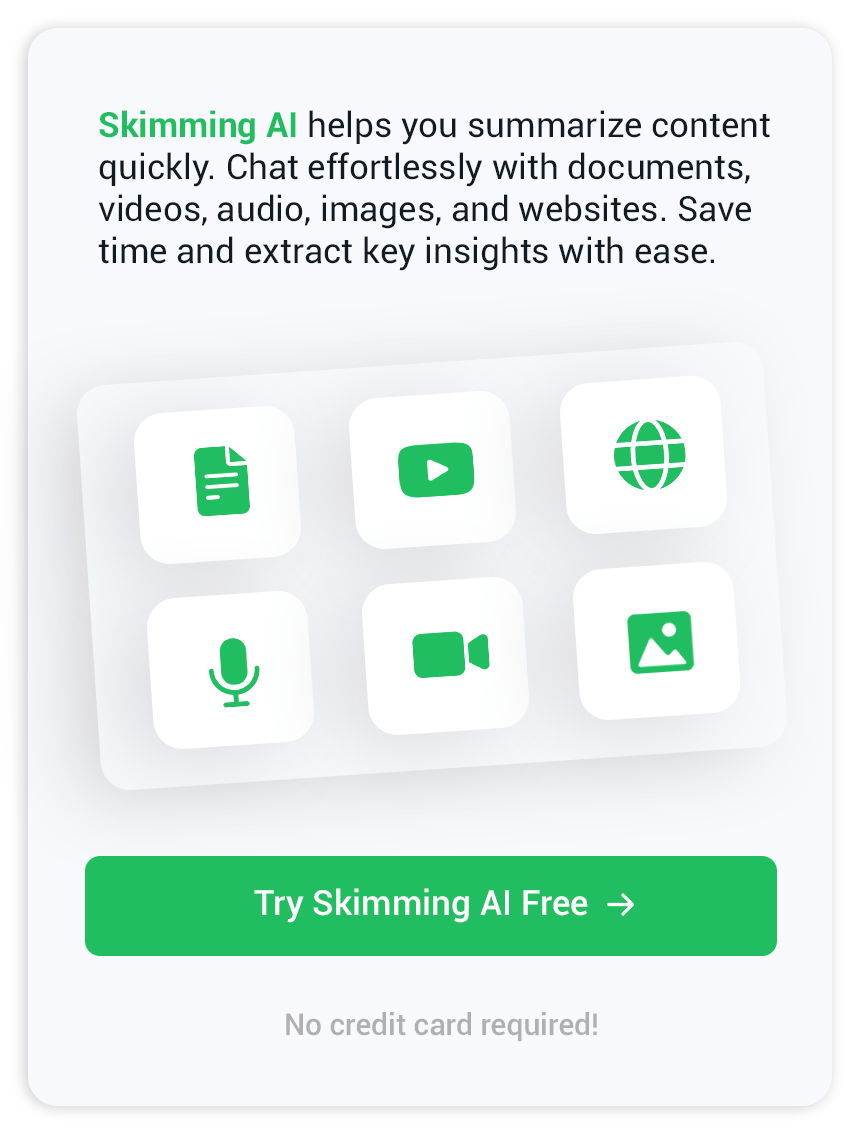Video subtitles made easy – fast, multi-language support for creators
Why video subtitles matter
If you have ever watched a video on mute in a busy café or struggled to follow dialogue in another language, you probably know the value of video subtitles. Subtitles make content clearer for everyone, from viewers who speak different languages to those who are deaf or hard of hearing. Whether you create content for social media or need subtitles for a business project, adding them can make your message far more accessible and easy to understand.
Getting started with subtitle creation
The basic idea is to match the spoken words in your video with corresponding lines of text that appear on screen. There are a few main ways you might approach this, depending on your goals and the tools you are comfortable using. Most creators will choose between automatic subtitle generators, manual methods, or hybrid options that combine both.
Using automatic subtitle tools
Many platforms now offer built-in or external tools that automatically generate subtitles by analyzing the audio track. On YouTube, for instance, you can upload your video and enable automatic captioning. However, these auto-generated subtitles sometimes miss specialized words or misinterpret accents, so you will want to review and correct the text before publishing. For those who work with a lot of YouTube content, a tool such as YouTube summarizer might help break down or review transcripts as part of this process.
Manual methods for precise results
If you want full control, or if your video contains complex language or technical content, manual subtitling is often the best approach. Start by listening to the audio and typing out the spoken words. Then use simple editing software or a subtitle editor to set the right timestamps so the text appears in sync with the video. This can feel time-consuming at first, but it leads to a much clearer and more accurate result for your viewers. Some creators use document-based chat or editing tools to draft scripts before setting the timings, which can be managed in parallel with video editing tasks. If your workflow includes working with audio files, integrating something like chat with audio can also help clarify or transcribe dialogue before adding it as subtitles.
Exporting and uploading your subtitles
The common subtitle file formats are SRT or VTT. Most video platforms, from YouTube to Facebook, allow you to upload these files directly. After you add them, it is helpful to view your video through once more to check if the subtitles align properly with the spoken content. Sometimes, automatic tools may shift the timing, so a final pass is useful for smooth viewing.
Fine-tuning subtitles for accessibility
Beyond matching the words exactly, consider if your subtitles really help viewers follow the story. Include speaker labels when different people are talking, describe key sounds for those who are hard of hearing, and keep each subtitle short enough to read comfortably before it vanishes. If you want to quickly review a video for its main points, a resource such as the video summarizer can highlight key dialogue or sections that may need particular attention.

